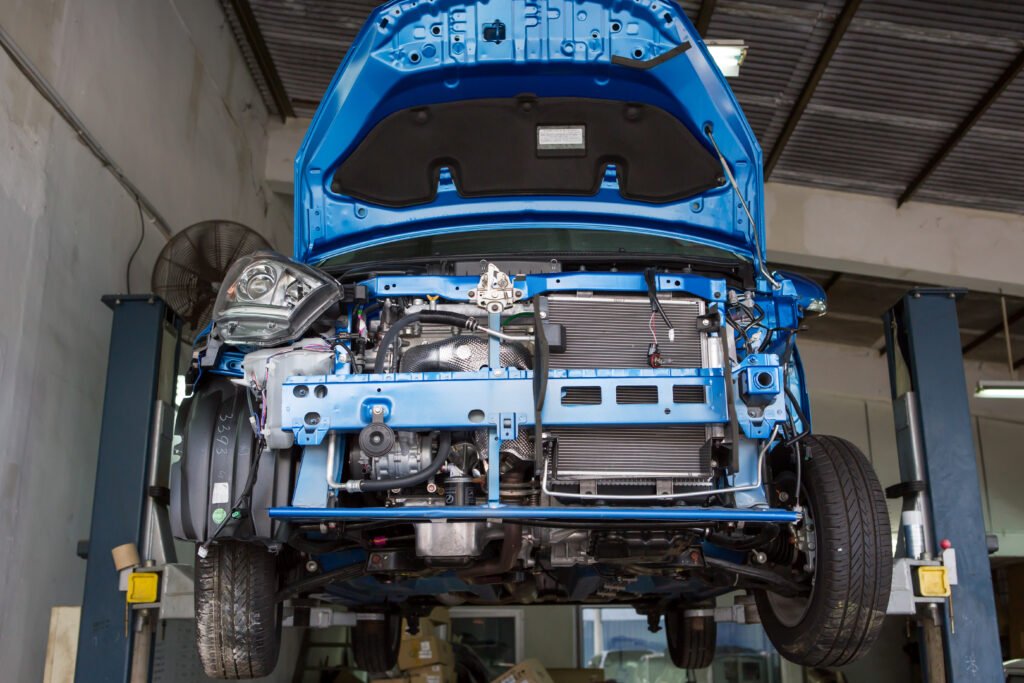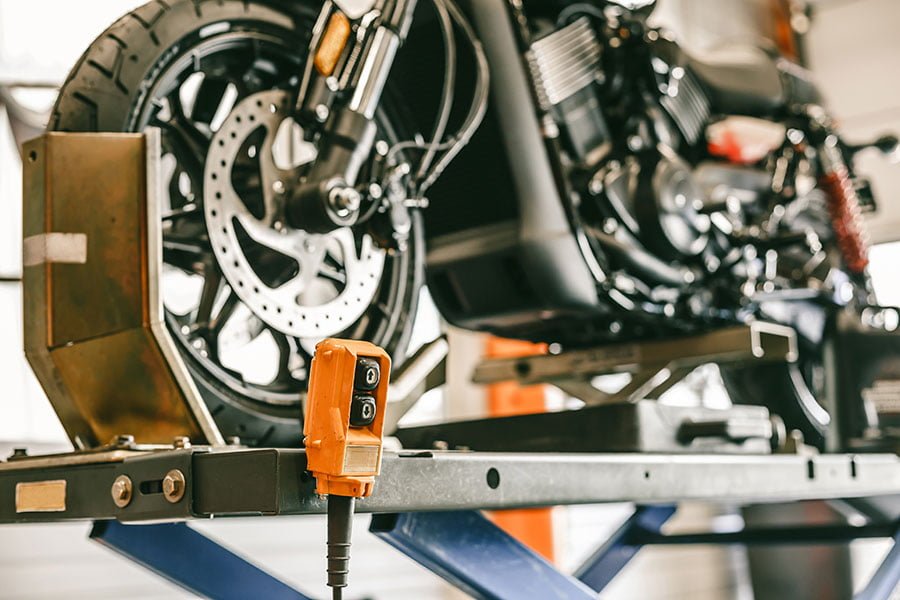
Those who work in the automotive and related industries often wonder about any 2 post lift safety information necessary to know. Indeed, 2 post car lifts are generally a very safe piece of automotive equipment. However, these lifts must be used in the proper manner and also be designed in a manner to accommodate high lift capacities. Thanks to improvements in engineering, it is now possible for such lifts to hold upwards of 18,000 pounds with surprising ease. You should have no qualms with using such a lift as long as an experienced individual who understands the risks posed by these machines is in charge. Let’s dive further into the safety features of these lifts, as well as any potential risks you should keep in mind.
Recognize the Risk Involved With Car Lifts
Car lifts, including those of the 2-post variety, are inherently dangerous pieces of equipment, especially when used by inexperienced individuals. In fact, even a technician who rushes through his or her work or is misguided has the potential to struggle with using a car lift in a safe manner. In short, the lifting of an automobile that weighs several thousand pounds is never going to be the safest activity. If this task is not approached with a serious attitude and the proper lifting precautions, there is the potential for it to prove fatal.
Let’s take a look at some safety tips that reduce the risk of using 2-post car lifts.
2-Post Car Lift Safety Information
The worst thing you can do is position yourself or another vehicle below a 2-post car lift. Though some daring individuals working in the automotive industry might take this approach, doing so is unsafe and voids the warranty. So, don’t assume you can stand below such a lift or put anything else below it just because other supposed experts do so.
When in doubt, err on the side of safety and do everything in your power to minimize risk. The bottom line is even a slightly unsafe decision when using a 2-post car lift has the potential to end in a significant injury, considerable property damage or even death. This is precisely why most people and businesses rely on the automotive lift experts for assistance with these challenging projects.
Mind the Pad Adapters
Those operating 2-post car lifts should not stack adapters atop one another. It simply does not make sense in the context of personal safety and automobile protection to stack pads. Nor does such stacking adhere to factory recommended procedures. Some of those who use 2-post car lifts make the mistake of relying on flat pads as opposed to the comparably safer frame cradle pads. Though there are some exceptions for vehicles of certain sizes, the general rule is not to use flat pads.
Frame cradle pads are optimal in that they stop adapters from sliding off the vehicle frames, especially those of particularly heavy vehicles. Though such information is included in the operations guide provided with each 2-post car lift from every single manufacturer in the industry, a surprising number of people make the mistake of using flat pads for vehicles of every size. Furthermore, a single large pad cannot be replaced by two comparably small adapters.
Pay Attention to the Weight Capacity
The higher the 2-post car lift’s weight capacity, the safer it will be. This is not to say you should solely focus on the weight capacity as the pounds it can lift are only one aspect of the overall quality of the lift. There are plenty of non-certified lifts rated for more pounds than certified models, yet they are not actually safer or more reliable. The lack of certification is a clear red flag.
Cable Slack Detection and Additional Features are Important
Cable slack detection is an important safety feature included in some but not all 2-post car lifts. Additional safeguards to look for include sheaves that reduce friction connected to top-notch equalization cables, direct-drive systems, ALI certification, and locks of the single-point release variety. If you have not yet selected a car lift, try focusing on the manufacturer’s name. Do some research, pinpoint the industry’s most respected names, and move forward with one you trust.
When in Doubt, Reference the Instruction Manual for Optimal Safety
When in doubt, consult the instruction manual. Though these manuals are thorough and require attention to detail, they are worth reading. In fact, everyone who uses 2-post car lifts should read the accompanying instruction manual from front to back. The purpose of providing this helpful guide is to make it easier for auto technicians and others to use 2-post lifts as safely as possible and to limit the manufacturer’s and seller’s legal liability.
Though it is certainly possible to file a lawsuit in the aftermath of an injury or property damage resulting from the use of a 2-post car lift, doing so is unlikely to lead to financial compensation in the form of an out of court settlement or a favorable court award. The moral of this story is to use common sense and lean toward being too careful as opposed to taking even the slightest risk when using 2-post car lifts.
Contact SVI International Inc. Today
When it comes to car lift solutions and innovation, SVI International has your needs covered. We are the industry’s leading provider of repair parts for vehicle lifts as well as industrial equipment. Reach out to us today to learn more about our products.
You can contact our team at 1 (800) 321-8173. You can also reach us by filling out our convenient online contact form.

